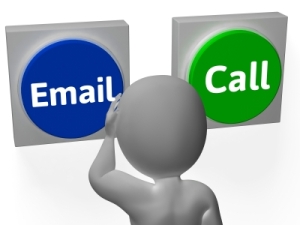 Most salespeople haphazardly call on prospects during the course of the day, week or month. The problem with simply occasionally calling on a particular prospect is that you won’t get bonus points for each contact to that prospect. Instead of just randomly calling on your list of prospects, think instead about developing a campaign that you can run every single prospect through.
Most salespeople haphazardly call on prospects during the course of the day, week or month. The problem with simply occasionally calling on a particular prospect is that you won’t get bonus points for each contact to that prospect. Instead of just randomly calling on your list of prospects, think instead about developing a campaign that you can run every single prospect through.
Let’s Explore the Example of Jen
Before using campaigns, Jen would simply attempt to reach prospects about seven times during the course of a month, and after no success of reaching that prospect she’d ultimately quit and stop following up on that individual. Then she began following a prospecting campaign:
#1. Send an email, then a voicemail. First she’ll email and follow up on that email with a voicemail announcing that she is going to send a letter to the prospect.
#2. Follow up with a letter, then phone calls. Jen will then send the letter, and in the letter she’ll share some valuable ideas that will help the prospect more effectively implement the strategy that she recommends. After sending the letter she will follow up on that letter a few days later: She’ll call five to seven times without leaving a voicemail except on the last call.
#3. Send a package. A week or two later Jen will send a package via Federal Express or UPS so that it’s more likely to be opened. The package contains an idea for a great marketing initiative—something that will jump out at the prospect and thus encourage him or her to open it.
#4. Continue with follow-ups. After sending the package, Jen will leave a voicemail, then will send an email reminding the prospect of the package. Assuming she still has not gotten through to the recipient, she’ll send out a letter, then another as a follow-up, which includes more valuable information. Following that, Jen will phone the prospect, and so on.
As you can see, Jen’s strategy consists of multiple steps that can be repeated for every prospect. In between the bigger steps she’ll make phone calls and send emails. And of course, once she gets through to the prospect, the campaign will immediately transition into the sales process.
What’s happening is that Jen’s campaign gradually warms up the prospect with personal touches. Prospects get to know her just a little bit more, every time she reaches out to them; they are that much more inclined to respond to her calls.
To see a significantly higher increase in the response rate of your prospects, you should apply a prospecting campaign that has rhyme and reason, rather than taking a haphazard, hit-or-miss approach. With an organized campaign, once you get through to a prospect, that individual will be much more likely to receive whatever it is you wish to share.
Have you ever used a campaign in your selling? Please share below the results that you’ve had in the past.
Marc Wayshak is a Motivational Sales Speaker, a Sales Keynote Speaker
and a Sales Management Speaker
Enjoyed this article? Please share away!

Get instant access to our free sales training:
Why Prospects Push Back on Price, Give 'Think-It-Overs,' and Ghost in Sales Until They Meet a Sales Superstar Who Is Following These 7 Simple Keys

About the Author Marc Wayshak
Marc is is the best-selling author of three books on sales and leadership, including the highly acclaimed titles Game Plan Selling, The High-Velocity Sales Organization and his forthcoming book, Sales Conversations, Mastered.
Marc is a contributor to Inc, HubSpot, Fast Company, Entrepreneur Magazine, and Huffington Post Business. He also hosts a popular YouTube channel on sales strategy with over 103,000 subscribers.
Marc helps thousands of people his data-driven, science-based approach to selling that utilizes all the best tools available to sales organizations today.

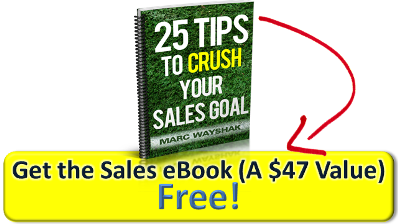
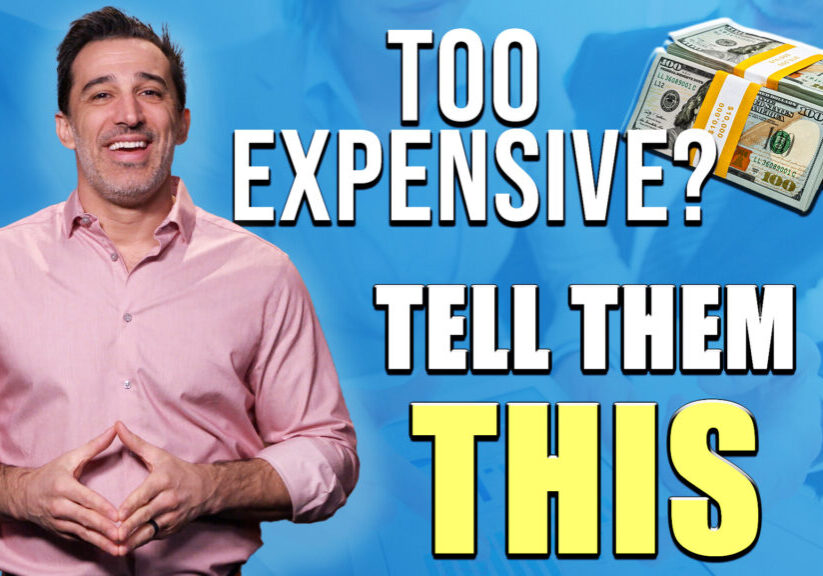
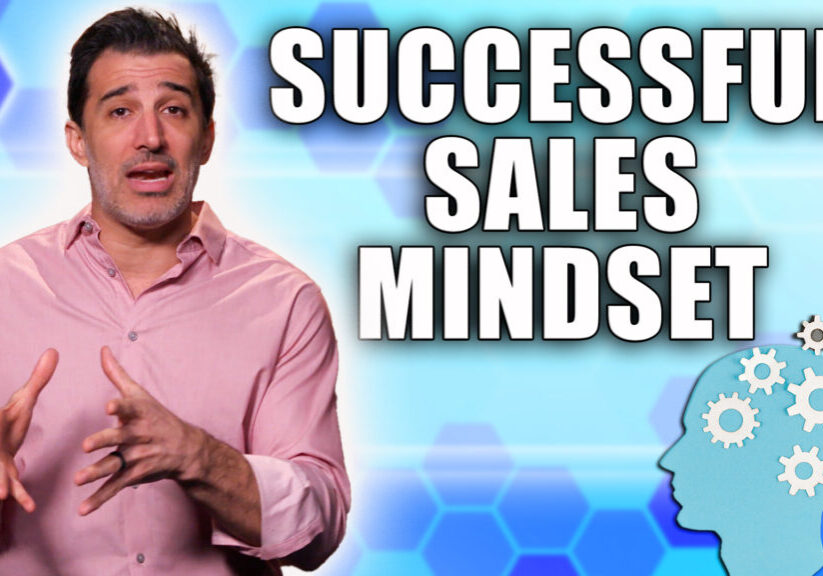
![How-to Sell to Power [C-Suite Sales Must-Knows!] How to Sell to Power [C-Suite Sales Must-Knows!]](https://salesinsightslab.com/wp-content/uploads/bb-plugin/cache/How-to-Sell-to-Power-C-Suite-Sales-Must-Knows-1024x576-landscape-7a52c541b28a7b772ad9e1010d8240be-.jpg)

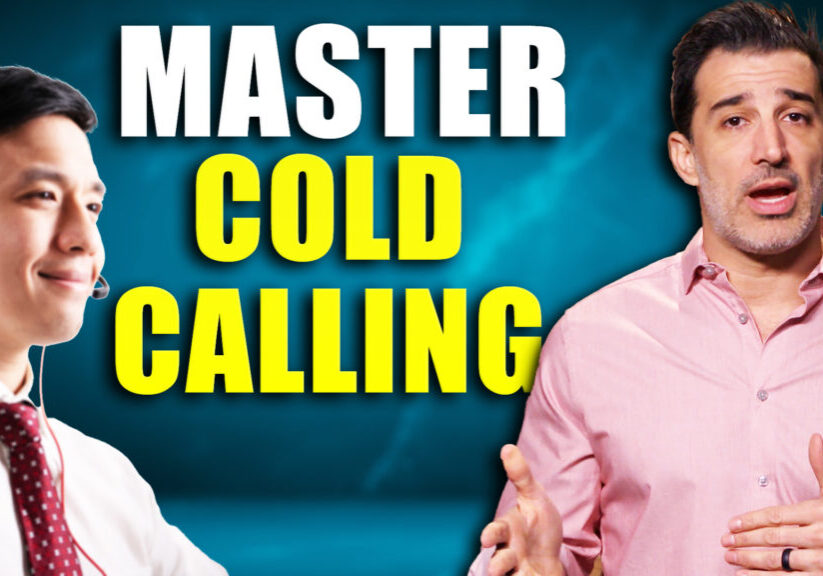
![The Absolute Best Way to Start a Sales Conversation [WITH ANY PROSPECT] The Absolute Best Way to Start a Sales Conversation [WITH ANY PROSPECT]](https://salesinsightslab.com/wp-content/uploads/bb-plugin/cache/The-Absolute-Best-Way-to-Start-a-Sales-Conversation-WITH-ANY-PROSPECT-1024x576-landscape-be9d9379ab94d9f71b5bfeed42246a84-.jpg)